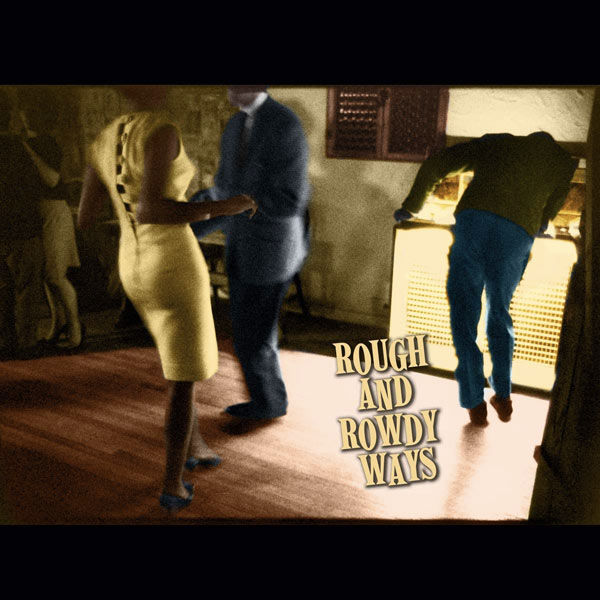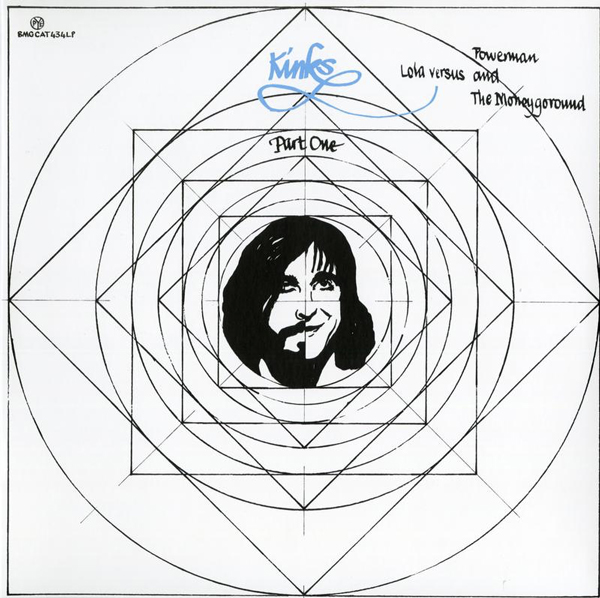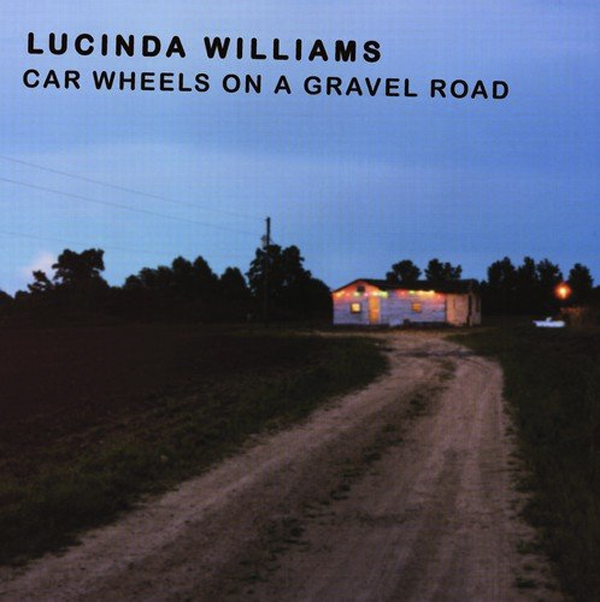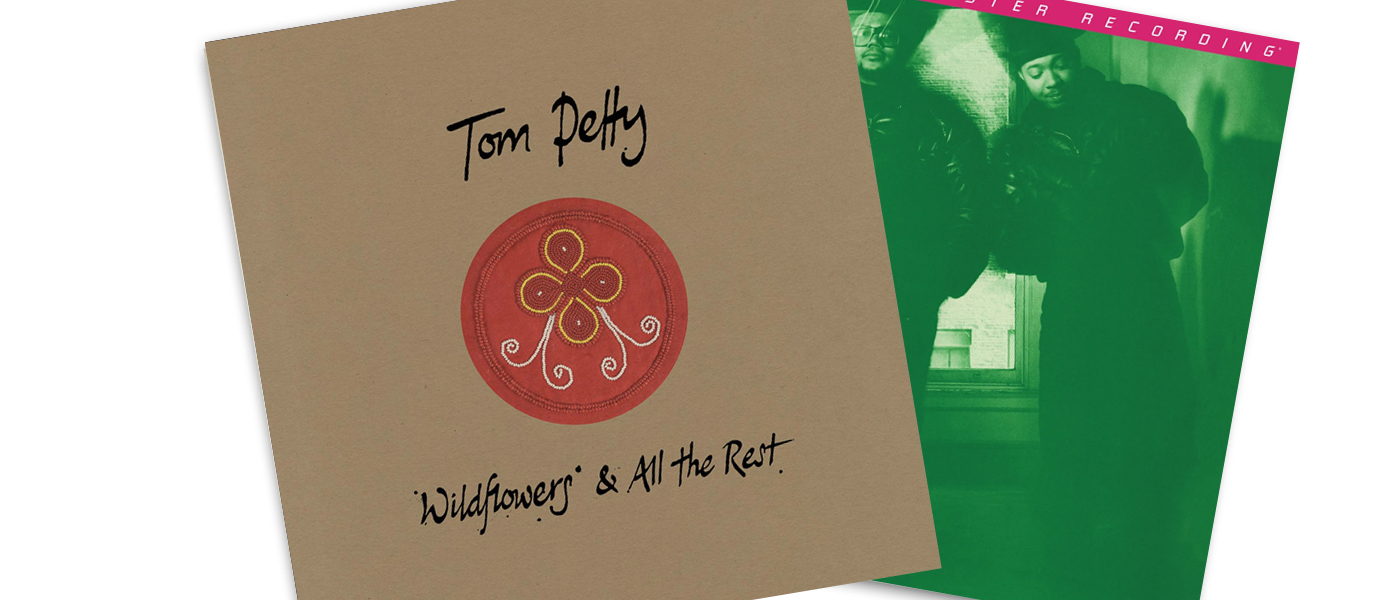
Bob Dylan released his 39th studio album last year. You might have heard. Rough and Rowdy Ways hit big. Mostly due to the surprise release of the album’s lead single, “Murder Most Foul,” but we’ll get to that later. The record has been very much celebrated in all corners of the popular media and probably on the dark web. It feels like a wild summation of the artist’s exalted career. Sort of like the audio equivalent of The Last Dance documentary series that summarized Michael Jordan’s paradigm-shifting era with the Chicago Bulls. Except that series takes a full day and the better part of an evening to watch. Rough and Rowdy is easier to digest at 70 minutes. Dylan touches on pop culture references spanning decades, which, by necessity, makes the lyrical content wider than it is deep. It almost seems like a roll-call. A way for Dylan to acknowledge the people and events that have been most formative to him. Or he might be writing as a character, and none of these topics touched him at all. But I’d imagine it’s the former. And that’s what Dylan is to me: a launchpad for the imagination.
I’ve enjoyed all of Dylan’s releases of new, original material to a greater or lesser extent starting with Time Out of Mind in 1997. I didn’t go in for the Great American Songbook or the Christmas sets, and I’ve skipped some Bootleg Series installments, but I adore this album. I love the music, the musicians’ performances, and I love the lyrics, which almost feel like raps. Clever rhymes with an almost conversational delivery. They’re a blast in spite of, or perhaps because of, the feeling that Dylan could turn these types of couplets out in his sleep. I think this style can be traced back to Love and Theft, released on September 11, 2001, when the narrator was singing about his “hopped up Mustang Ford” and throwing “panties overboard.” But these tunes are different. You need a damn historical almanac to keep up with the subject matter, and no matter how many references you pat yourself on the back for catching, you’ll probably want to check in every decade or so to see if you can find more with age. John F. Kennedy gets the warmest section of spotlight. “Murder Most Foul” is the longest song in Dylan’s catalog at 17 minutes, and he spends much of it on the President. But the Stones, Bowie, Jimmie Rodgers, and the Carter Family, Kerouac, the Beach Boys, and… Nightmare On Elm Street are all acknowledged in song or image or both somewhere on Rowdy. And those are off the top of the author’s head. A perusal of the printed lyrics (not included) would inevitably reveal a billion more.
None of the above info is groundbreaking. Better writers have written more eloquently about the content of Rough and Rowdy, but they might not have told you that the US vinyl version sucks. It was pressed at United (who have stopped stamping their dreaded “encircled U” emblem in their dead wax so that avoiding them is harder); it’s noisy and not listenable. The European version was pressed at MPO, and is much more silent, which reveals more detail, and makes for a very pleasing sonic experience. I picked up a copy from Stranded Records (with locations in SF, Oakland, and NYC). Look for the “Made in the EU” info printed on the back cover. If it’s there, you’re safe. Your ears deserve no less.

I’ve always loved the Beatles, but for whatever reason, I decided in my youth to pick sides and make my fandom of the individual songwriters a zero-sum game. Lennon was the Rocker. Harrison the Savant. They were all the way in. McCartney was soft with the exception of “Helter Skelter,” and he was left off my magical mystery bus. I thought he was too egotistical and that it seeped into his work. I’ve always learned too much about my heroes, and they often wind up seeming less heroic for my efforts. I was especially offended by some of his interviews in the Anthology docs, as I recall.
Then, I saw Maca perform at San Francisco’s baseball stadium in 2010. He was around 68 years young at the time, and he played damn near 40 songs that night. They were all great, no matter which era they were from. He brought the fullest, cleanest, most enjoyable sound to a stadium that I’ve ever heard. He was the opposite of soft. It was a tough act, and he made it seem effortless.
Like he does on McCartney III. It’s his 18th solo album, but his third in the McCartney series. Like he did on McCartney(s) one and two, he played everything on the entire album. Sounds like some of the drums might have been programmed; some were almost certainly not. Straight piano, crooked keys, bass, guitar, skins. There’s experimentation happening, but not so much with regards to the instrumentation. And not in the way that made 2013’s New seem so special either. That one involved a roll call of current, hip producers and studio players along with all the slickness that implies. III is plenty polished, but the focus is on the performances, whether they be in sketch format (the skittish, mostly instrumental “Long Tailed Winter Bird“) or fully formed rockers with layered instrumentation (the fuzzy, freaky “Slidin’”).
Secrets Sponsor
Throughout III, it seems like McCartney is focused on entertaining himself. The record was made during “Rockdown” at his home in jolly old England, and it’s easy to imagine McCartney just sitting on the work to enjoy in his downtime. Or just tossing the songs off to the side en route to the Next Thing. That’s not to suggest that they’re not worth listening to; they absolutely are. But there’s more (presumed) tinkering for the sake of tinkering, and less of a focus on the unceasing sweetness of melody that McCartney is revered for. Some of the Old Ways seep in, certainly. There’s a harpsichord effect in “The Kiss of Venus” that Beatles fans can grab ahold of like a life preserver in case of emergency. He’s still mostly mellow (“I don’t care to be bad… it’s still alright to be nice”), but you gotta know that the old man can turn on you in an instant. He’s proven it. And he’s as lithe a vocalist and player as he was in 1970, y’all. Don’t doubt that.
I had this one on my radar as a sure buy the second I learned that it was to be pressed at Third Man. I still look for opportunities to see if they can be consistently great. But, as best I can tell, Third Manhandled all of the colored variants and special editions for this release while my standard black copy was perfectly pressed at Optimal. III is a whimsical entryway into 2021. Let’s hope the year mimics the record’s vibe.

I don’t have the best mind for detail. I can’t remember exactly what I was doing the first time I heard Robert Plant sing, but I remember feeling first confused, then incredulous when my buddy told me that I was listening to a male vocalist. I don’t remember what I was wearing when I first saw Michael Jackson’s moonwalk (probably the same thing he was), but I remember believing that he’d used some sort of theater trick to achieve the effect. And I remember feeling invigorated and generally stoked the first time I heard “Lola.” I was, like, nine years old, and I was picking up on the idea that the song’s narrator might have gotten himself into a bit of a fix with a lady hiding secrets.
And I’ve been searching for a pristine early pressing or a reputable reissue of Lola Versus Powerman and the Moneygoround, Part One, for as long as I can remember. I gave up on the former pretty quickly and finally found a reputable reissue last week. The Kinks are celebrating the album’s 50th anniversary with a box set including extras and ephemera, but I just wanted the damn album as originally presented in 1970. This is what I ultimately got, but there’s precious little info to be had about it online other than that it was “remastered from the original master tapes” by Kevin Gray. That was enough for me. I ordered mine immediately, and thank goodness because it’s back-ordered now. There will almost certainly be a repress, and I advise that you remain vigilant if you want one because this one sounds great to my ears.
Great. Not flawless. The recording has always sounded thin, and there’s probably not much to be done about that at this late stage of the game. It’s probably by design anyway. Ray Davies sounding like he’s singing into a telephone, and the tinny effects achieved by his strumming a resonator add to the effect, and that’s probably what caused me to retain the feeling of that first listen all these years. It sounds different. The Kinks have always been the Rock ’n Roll equivalent of a music box to me. They plink and pop and bash in a way that makes me feel like I should be drinking room temperature beer in a saloon with a guy playing barrelhouse piano in the corner. Like they still use words like “pantaloons” and “knickers” or something.
Adding Lola to the Mono Collection box and my original Muswell Hillbillies equals my having pristine copies of the band’s first nine albums on vinyl. I might never find a Kinks record that I prefer to Muswell, but I’m thrilled to have them all. This take on Lola was pressed at GZ, and it’s mostly great. A bit of noise on the final track, which is lamentably common these days. Something about the inner grooves seems to be giving modern pressing plants problems. If you opt to seek this one out, and I recommend you do, make sure that the version you’re buying was produced in the year 2020. According to my research, that should cover you. The Kevin Gray angle has not been promoted, but his involvement is a trademark of quality in my book. Grab a cherry cola, and blast this one ASAP.

Laraaji has been a prominent name on the New Age scene for decades. Apparently. The author knows almost nothing about New Age music. “Yanni.” That’s it. Research shows that Laraaji made his name playing the zither. Of all things. Not only that, he was “discovered” playing that instrument in Washington Square Park by Brian Eno round about 1979. As the legend goes, Eno invited the zitherist (my spell check didn’t flag that word!) into the studio to record a solo album, and Laraaji has been at it ever since.
But we’re not here to talk anymore about the zither. We’re here because, after all this time, Laraaji has released his first album of solo piano performances. This is doubly interesting because the dude has an advanced degree in piano theory and composition that he earned at Howard University. In the late 1960s.
Secrets Sponsor
Sun Piano is comprised of twelve solo piano pieces. “Shenandoah” was composed; the rest are first take improvisations. The performances were recorded over the course of two late December days in 2018 at a Unitarian church in Brooklyn. Seems, according to the disclaimer printed on the back cover, that the church was open for business during the “sessions,” which allowed some of the church’s and Brooklyn’s ambiance into the mix. But no overdubs. Those were not allowed. The pieces were edited for length by a sympathetic third party.
And that’s all well and good, but how do we feel while listening?
Like it’s New Year’s Day, and the sun is overpowering the constant rain against your windows. Or like you’re hearing the soundtrack to the slideshow of your life’s highlights at a well-attended birthday bash in your Autumn years. There’s an undercurrent of relentless optimism that plays well in the world right now. Laraaji is the kind of guy that has quotes like this pasted across the top of his album’s artwork on the back cover: “Contemplative sound painting, embracing quiet tranquil unfolding of nurturing reflection.” He made it in the music world by making cassettes of his compositions for people to meditate to. It all fits.
And one could easily get lost in the depths of Sun Piano in quiet contemplation. Absolutely. The playing is neither grandiose nor austere. There’s a flow to the work and enough notes to keep the listener engaged and alert without overwhelming with technique and virtuosity. One gets the idea that all of this is on the menu but that Laraaji opts for a softer hand.
The reveries, though, are interrupted by a less than adequate pressing for a work of this quiet intensity. The recordings are nothing special from a sonic perspective, to begin with—likely digital, seemingly compressed, without a lot of life in the grooves. The listener never feels like they get all the way into the church, but the listener could get closer without the pops and ticks that populate the record’s second side, especially.
Which is too bad. A performance this sensitive should float atop a silent backdrop so that the notes decay before our ears while new ones take root and grow. Who knows if anyone will ever bother to give Sun Piano an audiophile treatment or repress the records at a reputable (as opposed to this anonymous) plant? I, for one, wish they would.

Car Wheels On a Gravel Road. In a perfect world, that would be the entirety of the review. No other words would be needed because everyone would know already. I can’t remember how I learned about it, but I found Car Wheels early in the game. I got to it shortly after it’s release in the Summer of ’98. I wasn’t looking too good, but I was feeling really well gang. In the nighttime, anyway. I didn’t get much done during daylight hours, and I believe I was wiling away some of those on Big Zac’s floor in lieu of actually finding (and paying for) a place of my own when I first heard Car Wheels. I think he had the CD. Someone did, anyway, and it blew our doors off. It’s not really a hell-raising record, but trying telling that to Zac’s neighbors of the era. Music On Vinyl released the only version on… vinyl way back in 2014. I barely registered it because I don’t trust that company. But I was wrong about that. So wrong. As the space travelers in Prometheus were wrong. The results would have been as disastrous too, but I righted the spaceship when I picked a copy up last month. Finally. Here’s why…
Music On Vinyl is not transparent about the sources they use for their reissues. Their site is not informative, and they still trot out the old “pressed on 180-gram vinyl” as if that means that the release is guaranteed to be of an exceptional quality. People still believe that, by the way. I met a guy at a Dylan show a while back that equated 180-gram pressings with all-analog mastering. True story. But the thing to know about Music On Vinyl’s 180-gram pressings is that those pressings occur in Record Industry in the Netherlands. And the thing to know about that is Record Industry has been pressing consistently flawless records for many years now. They might be the best to ever do it. People complain about absolutely everything, obviously, but most reasonable enthusiasts put Record Industry, RTI, and Optimal at the top of the heap. I would add Third Man Pressing to that list, and maybe Kindercore once we’ve seen enough of their work. QRP often does great work, but they’re consistently inconsistent. As is GZ. MPO is a typically safe bet. Rainbo closed so we don’t have to avoid them anymore. Still gotta be on the lookout for United pressings while simultaneously running at dangerous speeds in the opposite direction.
Car Wheels was recorded to tape over the course of multiple tumultuous years. Steve Earle was involved in the production and was quoted as saying it was the least amount of fun he’s ever had working on a record. He would later say that he was misquoted. And he may have been. He toured with Lucinda a few years ago. She switched producers a few times during the course of these sessions, and I would usually be wary of the effects that might have on the finished product, but in this instance, the pressure made a diamond. The songwriting is so expressive and creates such vivid images that you feel like you’re in them. Like you know the characters. You ache when Lucinda says to. It’s a gumbo of styles and flavors, and it’s 13 songs strong.
MOV mastered their version from high-rez files, and the set sounds phenomenal. All of the transparency, depth, and warmth that the material requires. It’s a testament to how far we’ve come in the digital realm. I’d love for Analogue Productions to do a AAA version, but I could absolutely live with MOV’s take for the rest of my life if needed. It was worth circling back for. That gravel road has never sounded so smooth.


